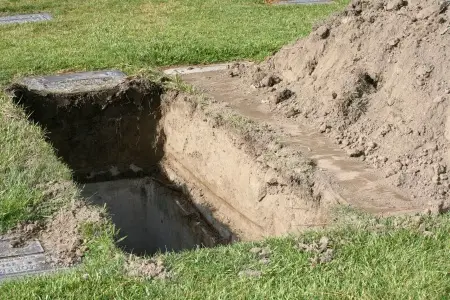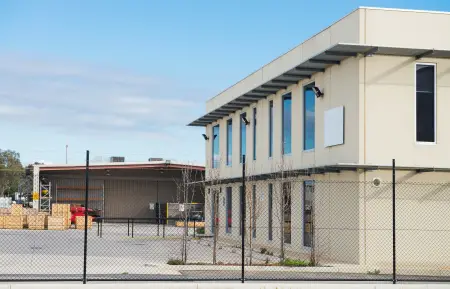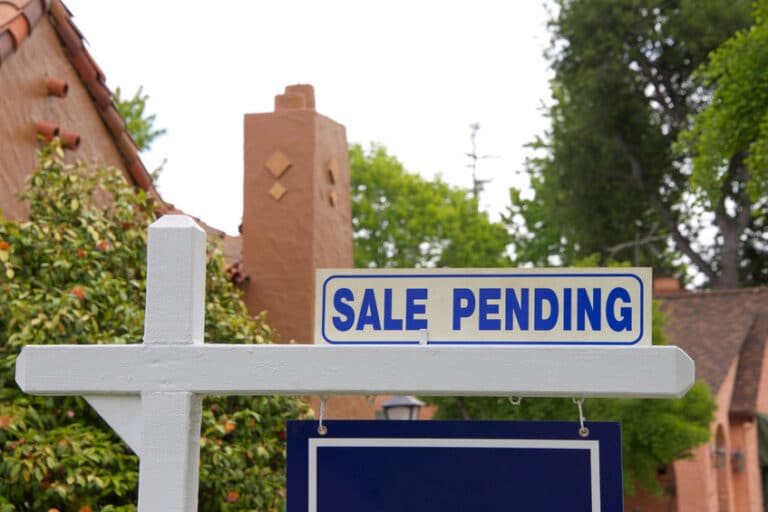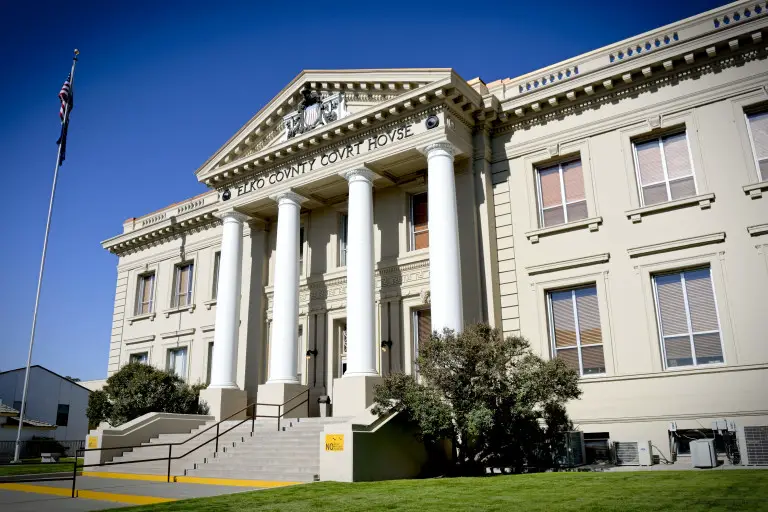The Future of Churches and their Real Estate
Sitting in church this morning, I could not help but notice how old the average attendee was. For every young person in their 30’s or 40’s, there seemed to be three or four in their 70’s or 80’s. The median age seemed to be somewhere in the mid 60’s. Church attendance definitely increases as people age and start to contemplate their eventual death, but the lack of young people is still somewhat disturbing when you think about the future of your neighborhood community church. The other thing you couldn’t help but notice was the fact that the church’s property was surrounded on 3 sides by a massive $2B development project featuring a Ritz-Carlton hotel with hundreds of hotel rooms, 140 houses and villas, luxury retail and restaurants. The 91 villas in the project sold out in one day for an average price over $2.5 million. The land assemblage surrounding the church is literally one of the most valuable parcels of real estate in the entire Southwestern United States.
While the average attendee for this particular church is still quite high, there are many other churches where there aren’t many attendees of any age left to speak of. An older church in the Lincoln Park neighborhood of Chicago was sold as part of an assemblage to build a Walgreens store. The church had low attendance and lacked parking prior to being sold for $2.65M in 2012. Not all churches that sell real estate are shutting down. In some cases, churches don’t sell their sanctuary, but instead sell part of their parking lot or other buildings to developers. This was the case in Augusta, Georgia, for yet another Walgreens store. Church of the Nazarene in Phoenix sold part of its parking lot on 2.6 acres of land to builder Green Street Communities for a new home development.
The churches that are thriving and attracting a lot of young people often are located in other spaces besides traditional cathedrals. One of the most notable examples is Lakewood Church in Houston, which is located in the Houston Rockets’ former stadium. Others like Gateway Church in Scottsdale, Arizona, are located in industrial buildings which can be built out with the latest and greatest acoustics, seating, classrooms, and with more parking than old city churches. A number of churches have absorbed retail space in former big box spaces of retailers like Circuit City and Kmart. There is likely to be a consolidation where thriving churches get bigger and bigger, while others close their doors and sell their prime real estate to developers.
Since no one wants to root for a church to close its doors, the most reasonable way to approach this investment seems to be to look at aerial maps where churches have a lot of excess land for parking and other uses. Drive by on Sunday and see if they really need all that land. If it is clear that they do not, then think about what would be a better use for it. It could be a Starbucks, it could be condos, it could be single family homes, it could be a bank; it could be something else. Then try to make a case to the church that they are better off with money which could be used to fulfill the church’s mission, then they are with the land. I think it is fair to say that there will be many, many opportunities to make this case to churches the next 10-20 years.






